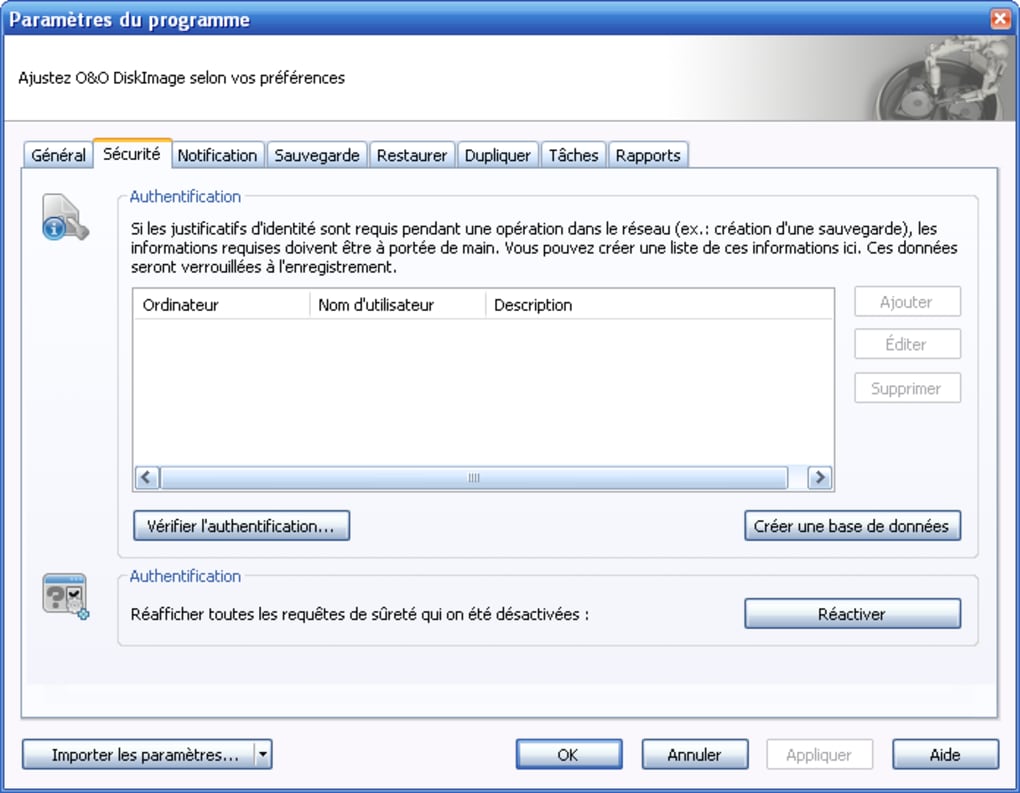
It was proposed in 2018 that Ó should be one of their Latin alphabet to replace Ө and represents /œ/ (or /ʷœ/). See also: Kazakh alphabets § Latin script It also represents /u/ in southern dialects. Ó is the 23rd letter of the Kashubian alphabet and represents /o/.

A similar process may occur with é and è, as in *pésca, "fishing", and *pèsca "peach", in which the accent mark is not written (both are written as pesca). In Italian, ó is an optional symbol (especially used in dictionaries) sometimes used to indicate that a stressed o should be pronounced with a close sound: córso, "course", as opposed to còrso, "Corsican" (but both are commonly written with no accent marks when the context is clear). When Irish names were anglicized, the Ó commonly was either dropped or written as O'.


Ó is the 24th letter of the Czech alphabet and the 28th letter of the Slovak alphabet. In Chinese pinyin ó is the yángpíng tone (阳平, high-rising tone) of "o". It is sometimes also used in English for loanwords.

In some cases, The Letter "ó" is used in some languages as in a high rising tone (e.g. This letter also appears in the Afrikaans, Catalan, Dutch, Irish, Nynorsk, Bokmål, Occitan, Portuguese, Spanish, Italian and Galician languages as a variant of letter "o". Ó, ó ( o- acute) is a letter in the Czech, Emilian-Romagnol, Faroese, Hungarian, Icelandic, Kashubian, Polish, Slovak, and Sorbian languages. Not to be confused with the Cyrilic letter О́.


 0 kommentar(er)
0 kommentar(er)
